Chungju Tangeumho Rainbow Road (충주 탄금호 무지개길)
16.4Km 2024-02-22
Ruam-ri, Jungangtap-myeon, Chungju-si, Chungcheongbuk-do,
Tangeumho Rainbow Road is a floating bridge constructed for the 2013 World Rowing Championships. Dazzling with colorful lights at night, it now serves as a path for walking and cycling. Each section offers a unique night view, music and photo spots. Visitors can enjoy diverse activities such as cultural performances and stamp tours.
Chungju Jungangtap Park (중앙탑공원 (충주))
16.5Km 2022-12-29
6 , Tapjeongan-gil, Chungju-si, Chungcheongbuk-do
+82-43-842-0532
Chungju Jungangtap Park is home to the Seven-story Stone Pagoda in Tappyeong-ri (National Treasure), set before the beautiful scenery of the Namhangang River. The stone pagoda was built during the Unified Silla period and was the largest stone pagoda at that time. Because of its location in the middle of the nation, it was called Jungangtap (jungang means middle in Korean). The area around the pagoda was made into a sculpture park, with 26 art pieces from artists all over the country.
Goesan Red Pepper Festival (괴산고추축제)
17.3Km 2025-07-11
113 Imkkeokjeong-ro, Goesan-gun, Chungcheongbuk-do
+82-43-830-3463
The Goesan Red Pepper Festival celebrates Goesan’s specialty red peppers and other agricultural products, offering a variety of experiences and food. Held at the Goesan Organic Expo Plaza, the festival features creative pepper-themed programs, the Organic Goesan Singing Contest, and the Hot Chimac Festival.
Museum of Old Roads (옛길박물관)
17.5Km 2023-07-28
944, Saejae-ro, Mungyeong-si, Gyeongsangbuk-do
+82-54-550-8372
The Museum of Old Roads offers the history of traditional roads and routes in Korea. In the past, Mungyeongsaejae was a transportation hub for the people of Korea, particularly during the Joseon Period. Mungyeongsaejae is home to Haneuljae (one of the oldest roads in Korea, first established in 156 AD), Tokkibiri (a famous trade route), and Yugok Station (a transport hub in the Yeongnam area).
Even though the importance of the roads as travel routes has diminished over time, they continue to increase in cultural significance, conveying the area’s rich traditional heritage to visitors. The Museum of Old Roads was opened in 2009 after having been remodeled from the Mungyeongsaejae Museum, which mainly dealt with local history.
Sanmagi Old Trail (산막이옛길)
17.5Km 2024-02-15
88 Sanmagiyet-gil, Chilseong-myeon, Goesan-gun, Chungcheongbuk-do
+82-43-832-3527
Sanmagi Old Trail in Oesa-ri, Chilseong-myeon, within Goesan-gun of Chungcheongbuk-do, stretches over a picturesque 3.93 km. It connects to the serene Sanmagi Village, nestled in the mountains. This trail has been thoughtfully restored, tracing contour of an ancient road, a faint remnant of times gone by. Offering stunning vistas of mountainous terrain, flowing waters, and lush forests, the trail represents one of the most enchanting aspects of Goesan’s landscape. Its true value lies in the unspoiled natural ecosystem preserved around the dam. The old mountain path, gently redeveloped with eco-friendly techniques alongside the Goesan Dam, harmoniously complements the tranquil waters of the dam’s lake, presenting a glimpse of Korea’s natural splendor. A walk along this trail, with the scent of the forest and the soft caress of a river breeze, invites a profound connection with nature in its purest form..
Mungyeongsaejae Provincial Park (문경새재도립공원)
17.7Km 2023-02-13
932, Saejae-ro, Mungyeong-si, Gyeongsangbuk-do
+82-54-571-0709
Mungyeongsaejae Pass, which crosses Joryeongsan Mountain, has always been the highest and most dangerous mountain pass in Korea, being reputed to be too tall for even birds to fly over. The three gates of Juheulgwan, Jogokgwan, and Joryeonggwan were built for national defense after the Imjin War (1592-1598). These three gates are designated collectively as Historic Site No. 147. The area between the three gates was designated a provincial park in 1981. The path from the first gate to the last passes through beautiful forests and takes roughly four hours round-trip. Also located within the park boundaries is Mungyeongsaejae Open Set, used for filming historical dramas.
Mungyeong Chasabal Festival (문경찻사발축제)
17.7Km 2025-07-11
932 Saejae-ro, Mungyeong-si, Gyeongsangbuk-do
+82-54-571-7677
Home to many ceramic masters and artisans, Mungyeong holds the Mungyeong Chasabal (Tea Bowl) Festival every year to honor and develop traditional Korean pottery and ancestral craftsmanship. The festival holds an exhibit with more than 200 kinds of high-quality and high-end ceramics and an online auction of luxury tea bowls. There is also a performance, “A Day of a Mungyeong Potter,” in which craftsmen tell stories and provide explanations behind their tea bowls to add fun and content to the festival. Visitors can mold their own clay and make tea bowls, and children can partake in various programs, such as playing with clay and performing a tea ceremony.
◎ Chasabal
Chasabal, also known as dawan, is a bowl used for drinking tea. Mungyeong’s traditional tea bowl is made in a firewood kiln called “Mangdaengi,” which uses wood rather than modern gas or electric kilns to make a fire.
Mungyeongsaejae Open Set (문경새재 오픈세트장)
17.7Km 2025-10-24
932 Saejae-ro, Mungyeong-si, Gyeongsangbuk-do
This open set is a filming location for popular historical dramas such as "Kingdom (2019)," "The Red Sleeve (2021)," and "The Moon Embracing the Sun (2012)," and is connected to Mungyeong Provincial Park. One of the most famous spots is the Gwanghwamun Set, which vividly embodies Gwanghwamun Gate. The set has various settings such as a hanok village, downtown area, and a common people's village, spread over a large site, making visitors feel as if they have traveled back in time to the Joseon dynasty.
Mungyeong Saejae Bare-foot Walking Festival (오감만족 문경새재맨발페스티벌)
17.7Km 2025-05-16
932 Saejae-ro, Mungyeong-eup, Mungyeong-si, Gyeongsangbuk-do
+82-53-755-5881
The festival, held annually in Mungyeong, is a bare-foot walking festival covering approx. 7km. During the festival a main performance, various event booths, bare-foot-walking events, and a singing contest are held, allowing visitors to enjoy the festivities while keeping an eye on their health.
Mungyeongsaejae Open Set (문경새재 오픈세트장)
17.7Km 2024-07-18
932, Saejae-ro, Mungyeong-si, Gyeongsangbuk-do
Mungyeongsaejae Open Set has been used for a variety of historical publications, including “Taejo Wang Geon (2000),” “Dae Jo Yeong (2006),” “Sungkyunkwan Scandal (2010),” “Moon Embracing the Sun (2012),” “Jeon Woo-chi (2012),” and “Masquerade (2012).” In 2008, the Goryeo Dynasty set was dismantled and redesigned into a Joseon-era set. Visitors can get a glimpse of life in the past through the replica houses and various structures throughout the open set.

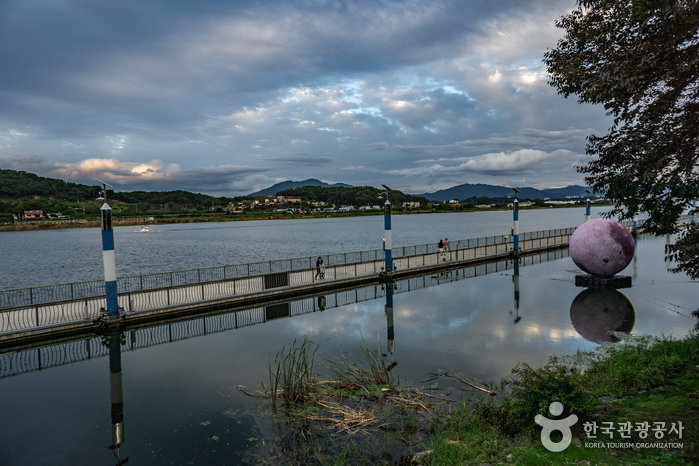
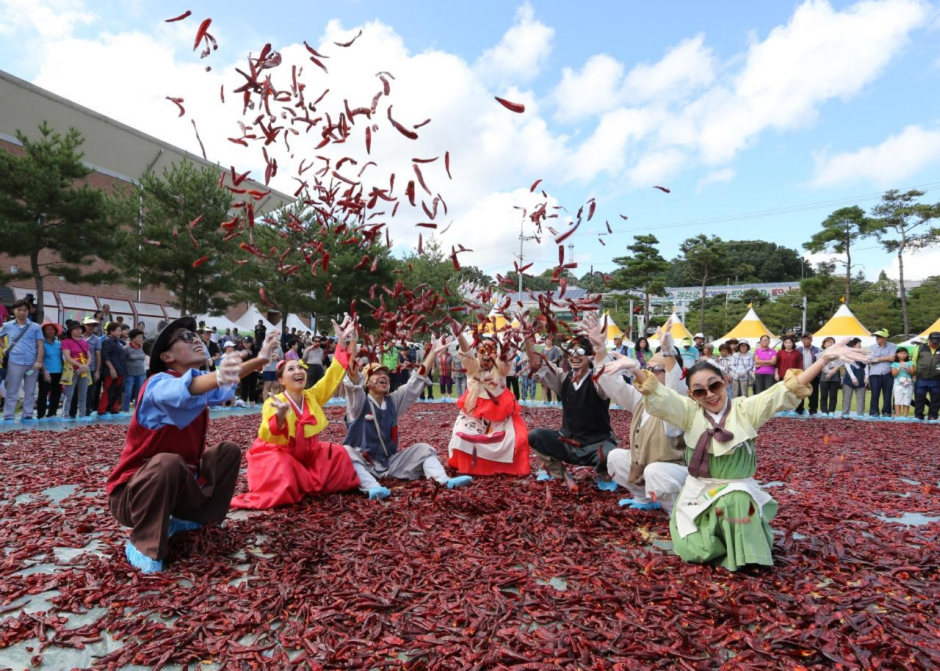
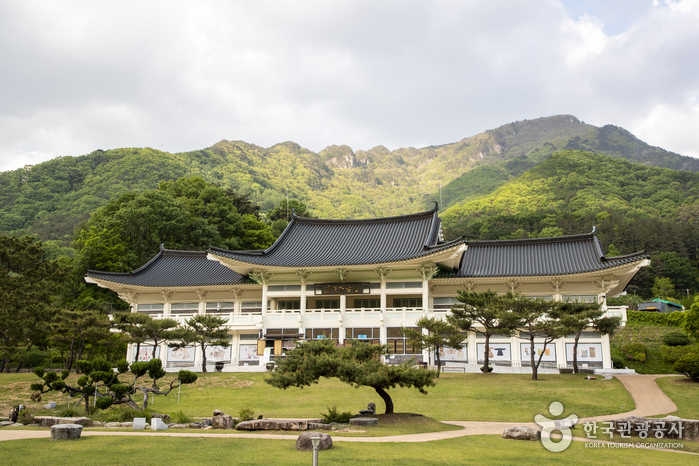
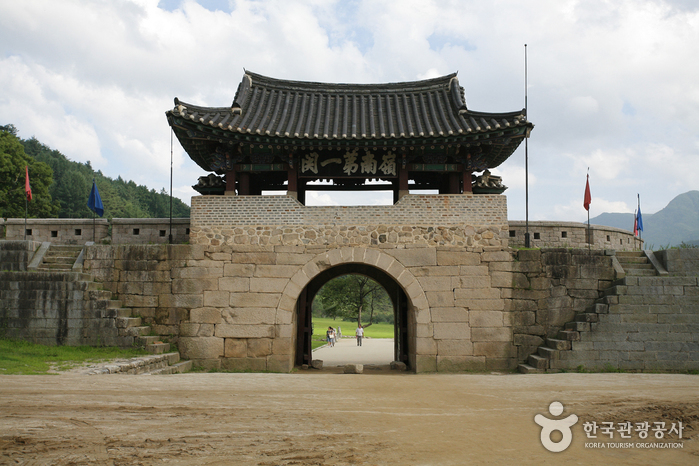

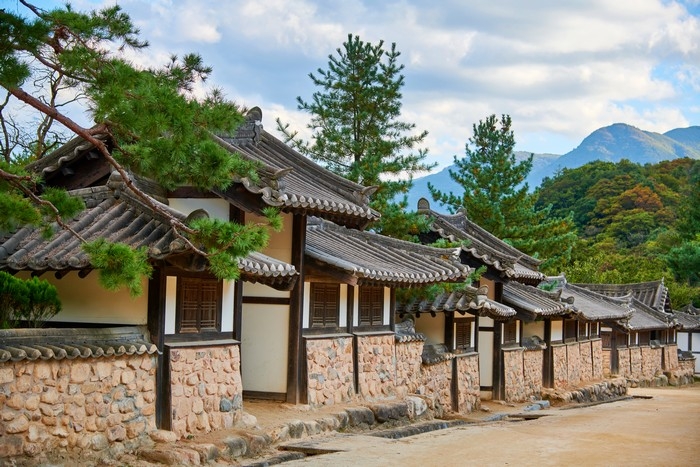
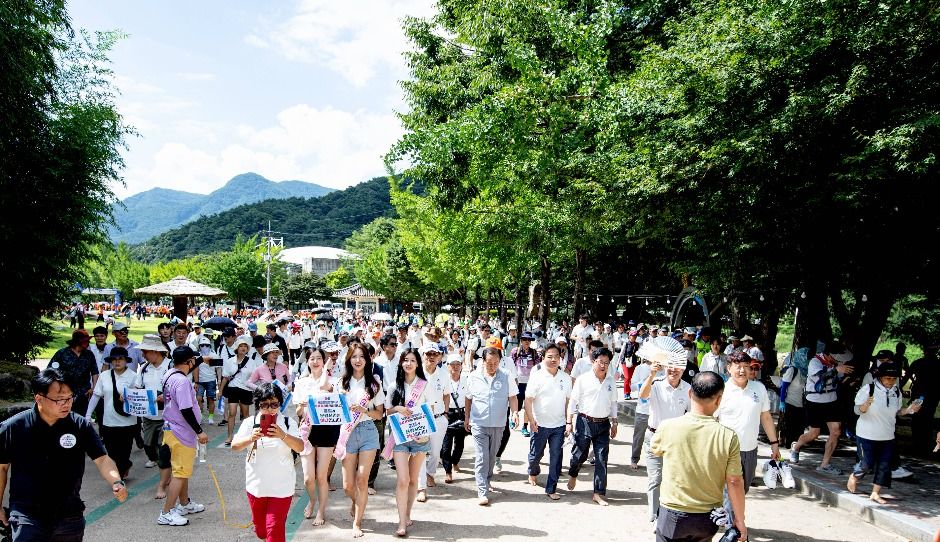
 English
English
 한국어
한국어 日本語
日本語 中文(简体)
中文(简体) Deutsch
Deutsch Français
Français Español
Español Русский
Русский